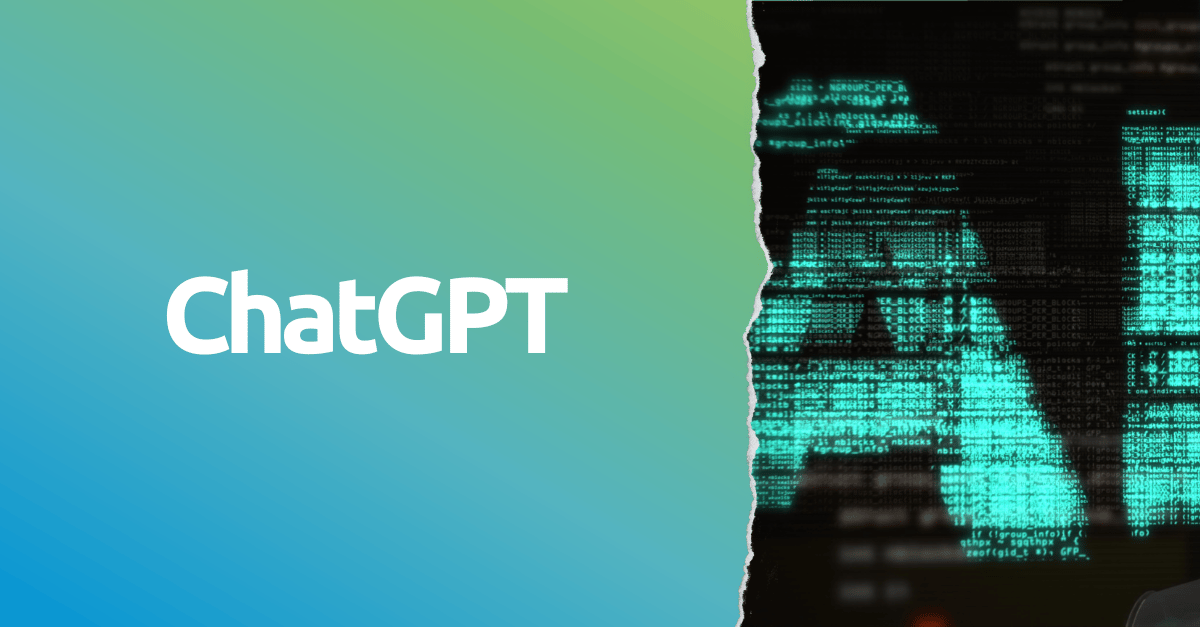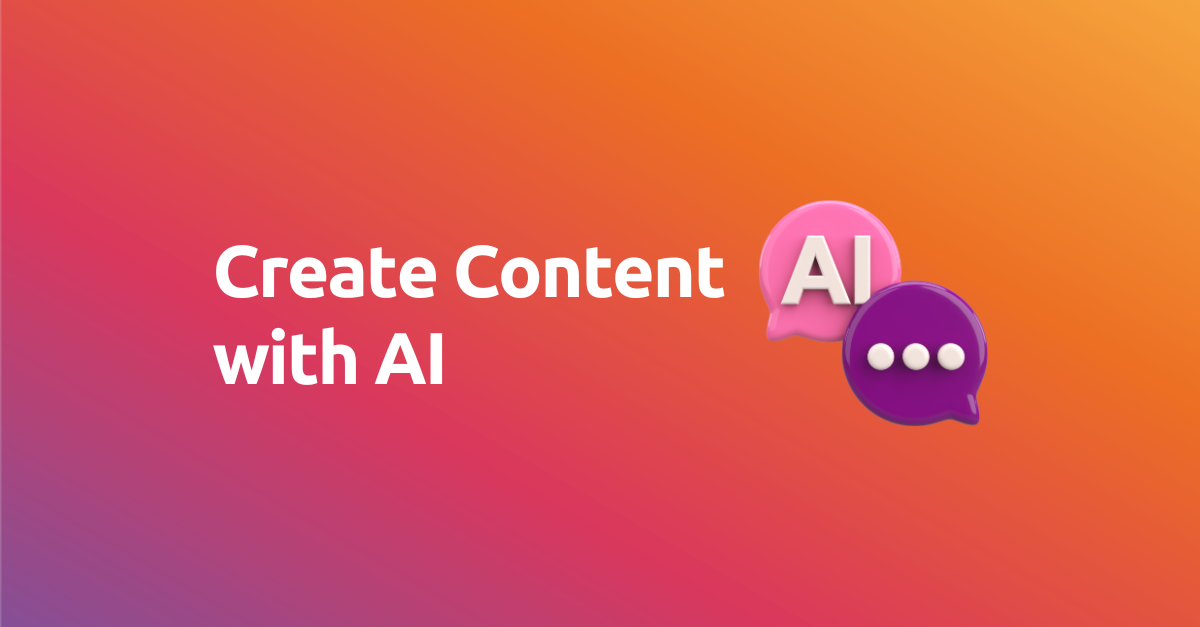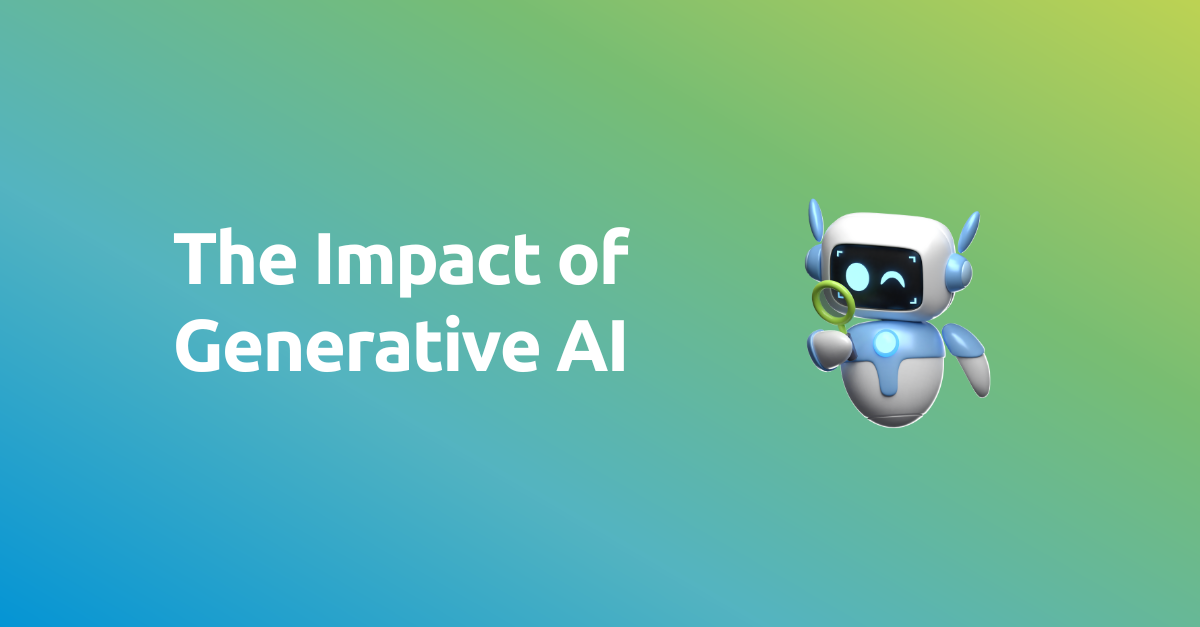In today's digital world, it's crucial to ensure that ads people see are relevant and useful in establishing an effective connection between the company and the consumer.
With this in mind, Google has taken a huge step forward with the launch of Bard, an exciting experiment that combines generative AI with human collaboration. Bard is an interface for a Large Language Model (LLM), like ChatGPT, that allows users to directly collaborate with AI to create impressive content and high-quality texts.
The American technology company has made it clear that Bard has been designed responsibly and carefully, following best practices and considering the risks and limitations of emerging technology.
What are LLMs?
LLMs, also known as "Large Language Models", are artificial intelligence models that have revolutionized the way machines process and generate text.
These models use machine learning to analyze large sets of text data, such as books, articles, and conversations, to learn linguistic patterns and structures. From that learning, LLMs can generate text in a variety of forms, from completing sentences to writing responses to complex questions.
It is important to note that LLMs are not databases or deterministic systems, and although they may appear to retrieve information in some queries, their response is not necessarily the same each time. LLMs use an underlying mechanism to predict the next word, which can generate plausible answers, but may also include factual errors. This may not be ideal for situations where accuracy is important, but can be useful for generating creative or unexpected results.
What is Bard and how does it work?
Google has launched an experiment called Bard that combines generative AI with human collaboration, using an interface for a Large Language Model (LLM). LLMs are AI models that use machine learning to analyze large sets of text data and generate text in a variety of forms, from completing sentences to writing answers to complex questions.
Bard aims to help users maximize their time and focus, allowing them to devote themselves to more complex tasks and creativity. It provides a starting point for writing blogs, generating poetry and short stories, and creating slogans and other imaginative efforts. It is also useful for users who want to explore new ideas and topics of interest, as it can explain complex concepts simply and show relevant information on a topic.
Regarding its functioning, after the user submits a question to Bard, it uses the interaction it has had with the user to generate multiple responses, verifies them according to established safety parameters, and only delivers the response that meets these technical criteria to the user. Bard chooses reasonable but slightly less likely options to generate more interesting answers.
Bard will revolutionize Google Ads
For a few years now, the advertising industry has faced a major challenge in reducing costs and complying with privacy and data usage policies. This is why the integration of generative artificial intelligence in the creation and management of ads has emerged as an innovative solution to overcome these obstacles and attract more customers. In this sense, Google Ads has evolved and optimized its online advertising platform with the help of AI to improve the effectiveness of its ads.
Since February 2023, Google has announced a series of updates that include the integration of generative AI to create personalized ads focused on specific audiences. This technology, which is already used in Bard, Google's conversational AI integrated into applications such as Gmail and Google Docs, is expected to improve ad conversion rates and more effectively achieve objectives, resulting in a competitive advantage for advertisers.
The new feature will be added to the Google Performance Max program, which has been offering useful tools for advertisers since 2020. The platform allows advertisers to determine the location of their ads, set budgets, and easily create ad copy. With the integration of generative AI, the Performance Max function is expected to be even more effective, helping advertisers reach their target audience more effectively.
Despite the advantages that generative AI can offer in online advertising, there are also concerns about the spread of false information. The possibility of the technology generating untrue information is a concern that has been expressed by some experts in the field. However, Google has worked hard to ensure the accuracy and quality of the results obtained through the integration of generative AI. To do this, it has invested in building an ethical and responsible AI platform and has worked on identifying and eliminating biases in AI technology. In addition, it has established a dedicated team to ensure that Google's AI is used responsibly and ethically in all areas of the company.
It is important to note that generative AI in online advertising not only benefits advertisers but can also have a positive impact on the user experience. By generating more personalized ads focused on specific audiences, users can receive advertising that better suits their interests and needs. This could increase the likelihood of users clicking on the ad and making a purchase or taking some other desired action.
Conclusion
In conclusion, Bard is a conversational AI tool developed by Google that is being integrated into various applications, including Google Ads for creating personalized and audience-specific ads. This integration aims to improve ad conversion rates, help achieve goals, and serve as a competitive advantage for advertising companies. Although there are concerns about the spread of false information, Google has worked to ensure the accuracy and quality of results and established protective measures to avoid errors known as "hallucinations". Overall, integrating generative AI in online advertising offers significant benefits if used responsibly and ethically.




